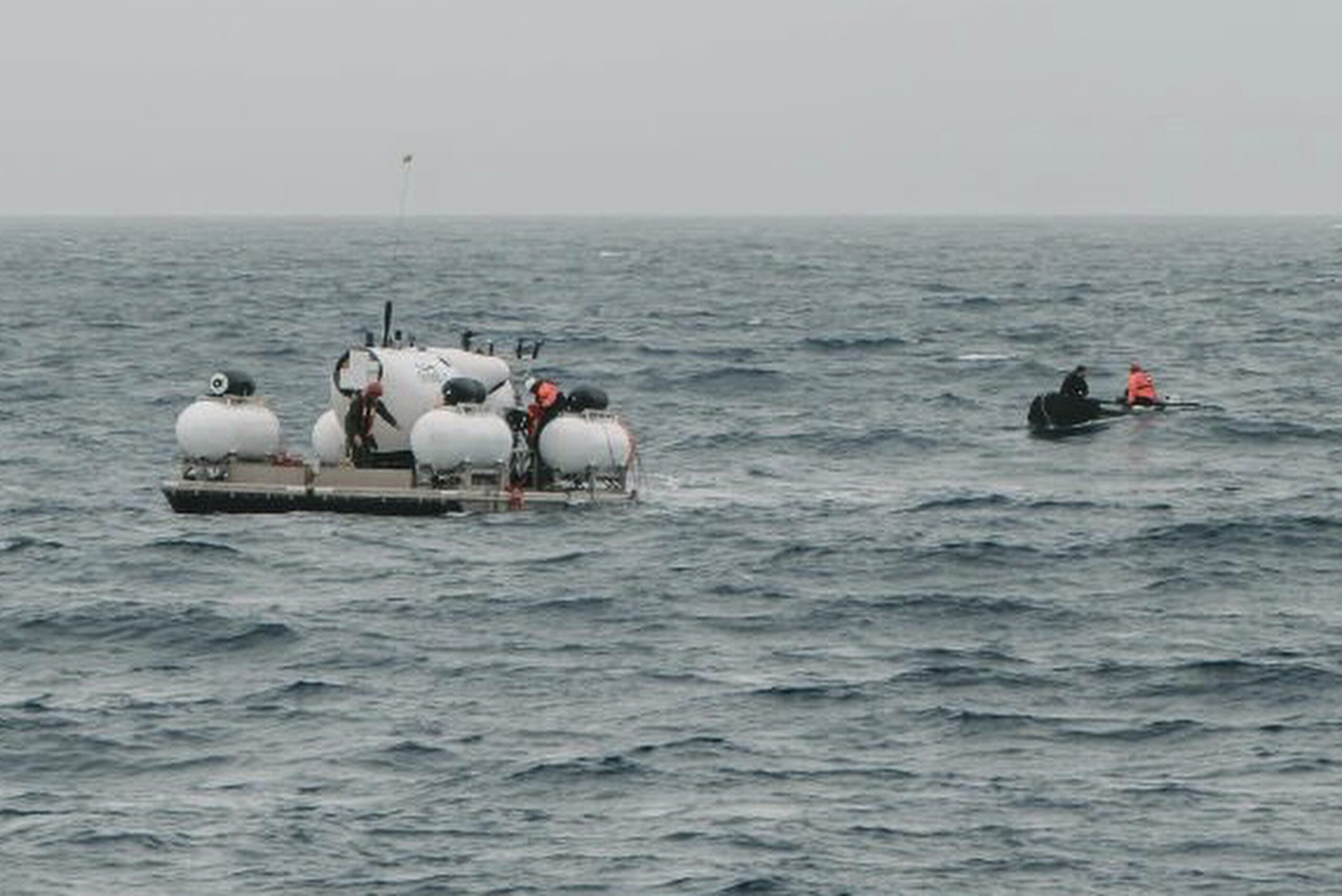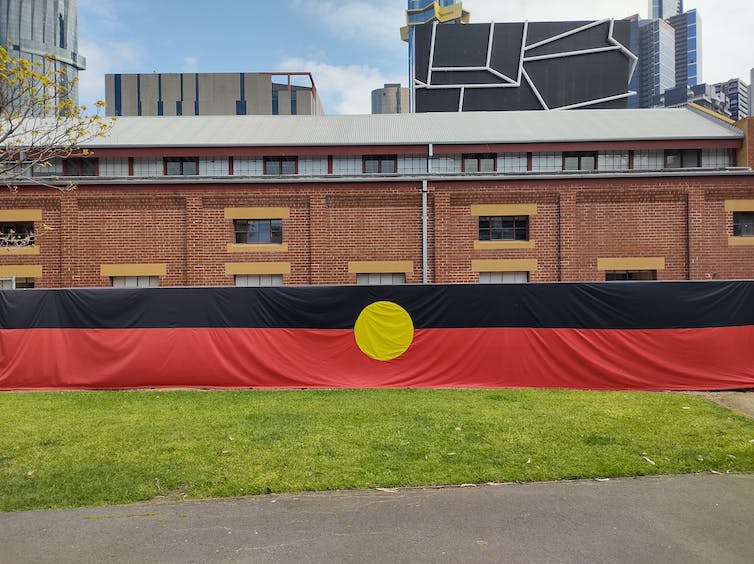The Titan, a 21-foot tourist submersible, lost contact with its Canadian-owned parent ship, Polar Prince, on Sunday morning, sparking a wide-reaching search led by the U.S. and Canadian Coast Guards that has garnered round-the-clock international attention. Commercial, research and private vessels and aircraft, as well as teams from the U.S., Canada and other countries, joined together to search a span of the North Atlantic over twice the size of Connecticut.
The Coast Guard estimated that the five passengers aboard the Titan had around 40 hours of oxygen left at a briefing Tuesday. It had been predicted that they would run out of oxygen sometime Thursday.
As recently as Wednesday afternoon, American and Canadian officials were voicing confidence that the operation would remain a search-and-rescue mission.
“We are smack dab in the middle of search and rescue, and we’ll continue to put every available asset that we have in an effort to find the Titan and the crew members,” U.S. Coast Guard Capt. Jamie Frederick said at a news conference in Boston on Wednesday. The Navy also dispatched the Flyaway Deep Ocean Salvage System, FADOSS, to Newfoundland in the event the submersible was found.
OceanGate Exploration, the company that owns Titan and operates dives to the Titanic, had successfully made trips to the shipwreck in 2021 and 2022, according to the company’s website. A journey with OceanGate, the only company offering dives to the Titanic site, can cost a “citizen scientist” $250,000.
Concerns had been raised during the construction of the submersible. Experts were unsure whether the vessel, made of carbon fiber, could withstand continuous trips to the depths of the ocean floor and exposure to the intense pressure at the seafloor.
The five passengers are Hamish Harding, 58, a billionaire British explorer; Paul-Henri Nargeolet, 77, a French Titanic expert; British businessman Shahzada Dawood, 48, and his son, Suleman, 19; and Stockton Rush, 61, founder and CEO of OceanGate Expeditions.




